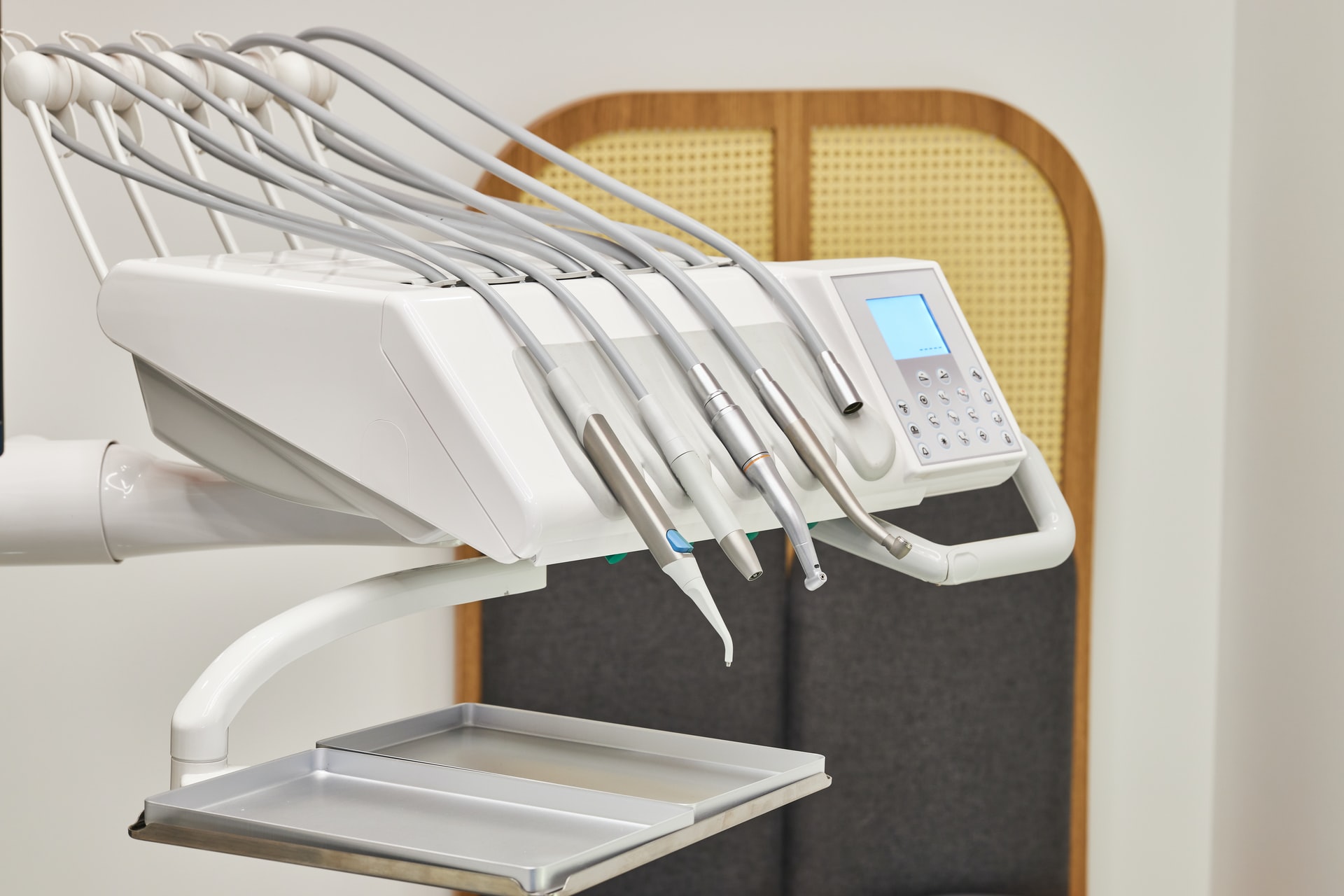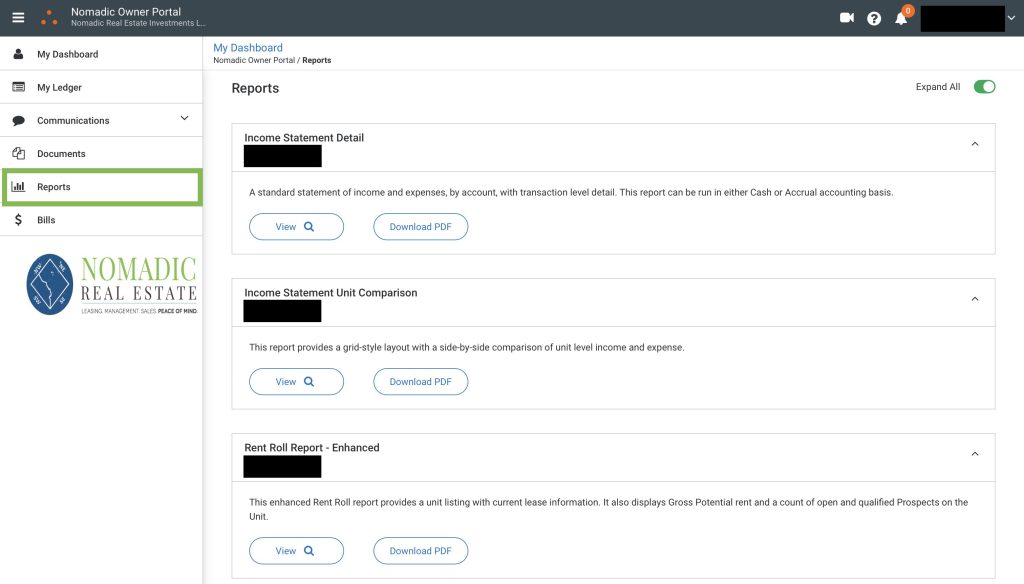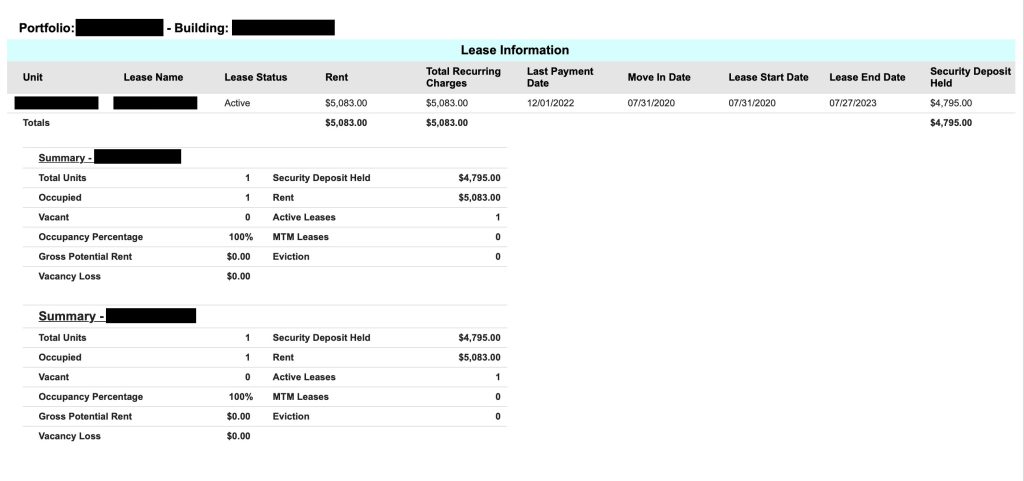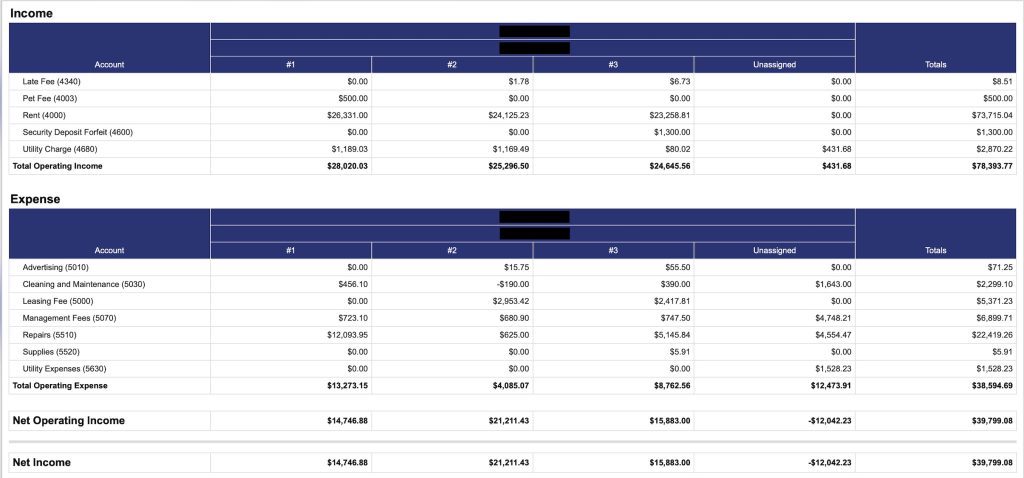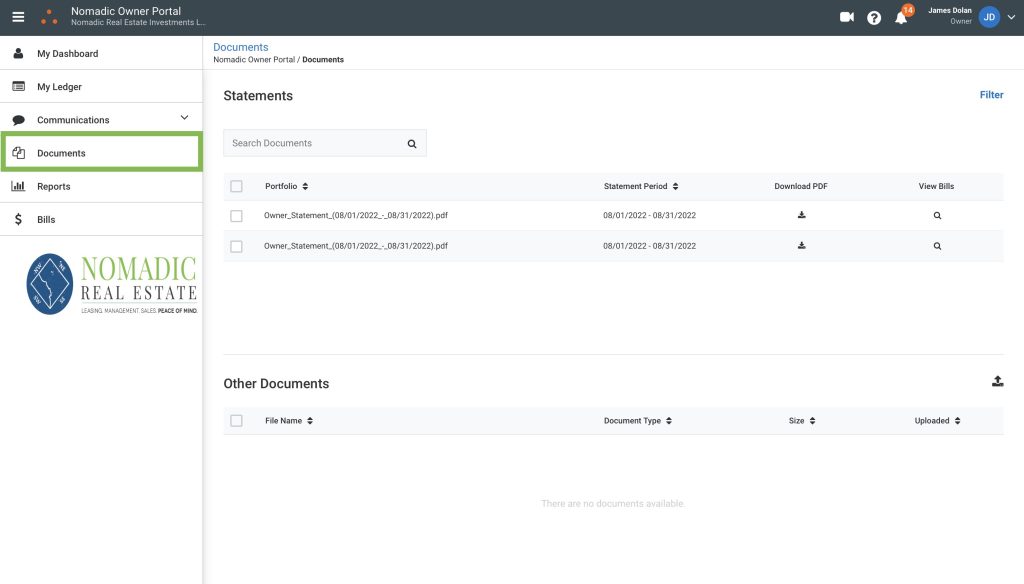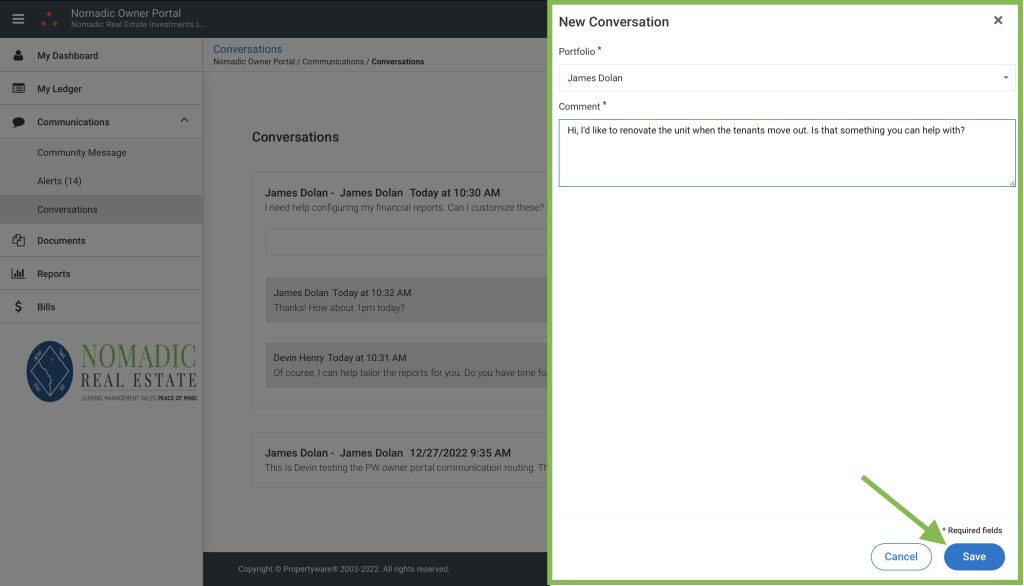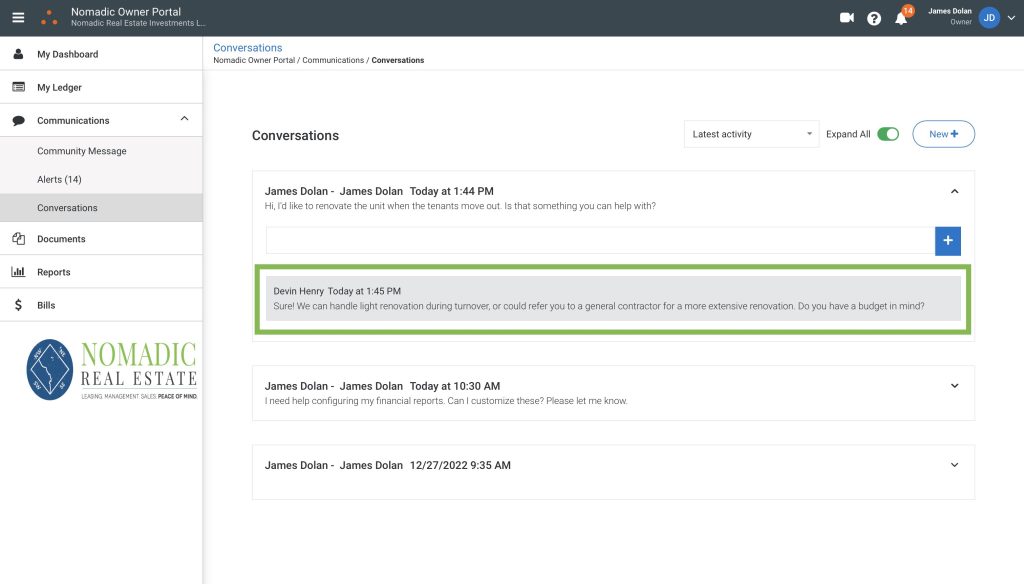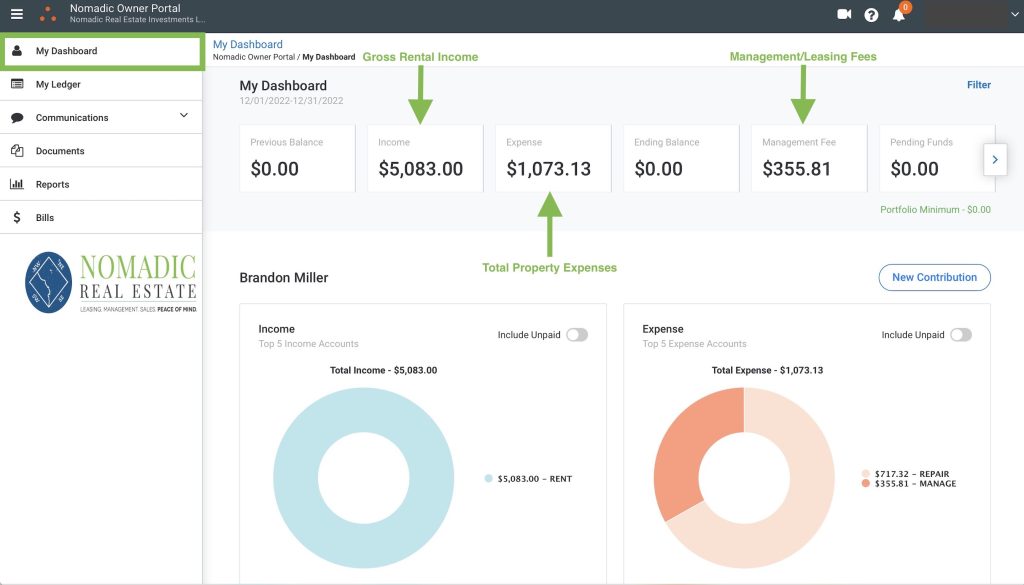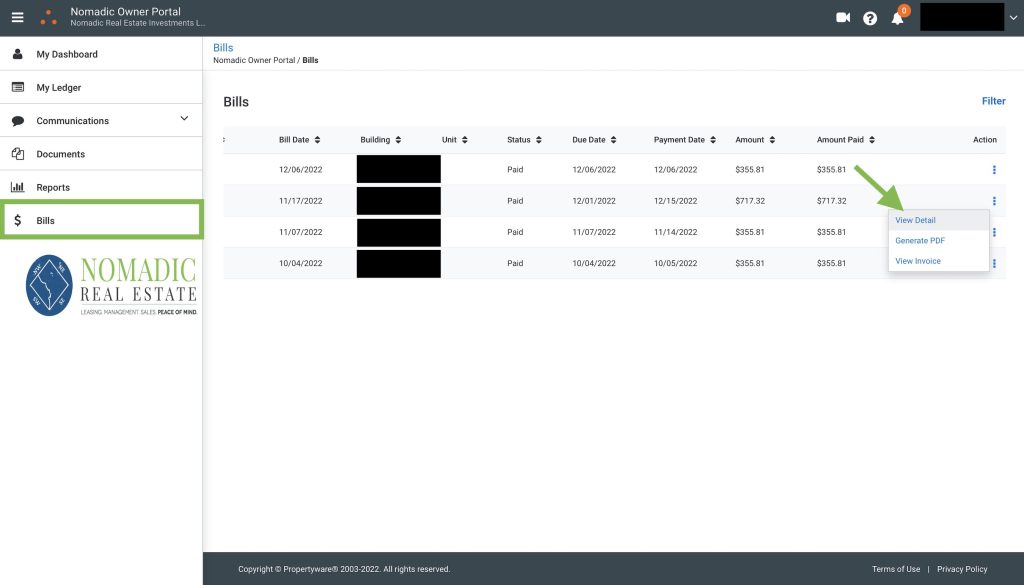Being a landlord, particularly one with a varied rental portfolio, can be tough to manage when it comes to legalities. Depending on the type of property, usages may be for many purposes. So how can you protect yourself from legal cases that are not your fault?
A hold harmless agreement can be one way of doing this. It transfers responsibility from one party to another, taking the onus off you. Below, we guide you through hold harmless agreements and give everything you need to know.
What Is a Hold Harmless Agreement?
When selling, a hold harmless agreement is a contract that moves liability of any sale from the seller to the buyer. In doing this, the seller waives any responsibility for injury, risk, danger, or damage caused. It is often used in a sale that includes unavoidable risks.
Hold harmless agreements are for one or both parties. It protects people from legal action for any problems that may arise. In property, this means that any issues arising from property claims or lien have become placed on the buyer, with the onus on them to resolve these disputes.
What Are the Two Main Contracts?
Hold harmless clauses can be used in any situation with a risk of financial danger or personal injury and loss. Extreme sports and adventure travel companies may use these clauses to release them from any injuries or acts of god that may be blamed on them for negligence.
In property, it is often used in construction and property transfer. There are two types of contract;
Unilateral is a contract in which one party agrees to relinquish responsibility from the other party. They will not make them responsible for any problems that arise.
Reciprocal is similar but relinquishes responsibility from both parties. Neither signatory will hold the other responsible in this case.
Contractors and subcontractors will have these agreements to also insure them from any losses, expenses, or claims made against them. This protects them while they are conducting the job.
Alternate Names
Hold harmless agreements have many names. These may include hold harmless letters, provisions, releases, and clauses if part of larger contracts. They can also be releases or waivers of liability.
How Does it Benefit Landlords?
Leases from landlords can have a hold harmless agreement within them. Damaged caused to the property by the tenants are then not the responsibility of the landlord in the case of repair. It is then paid for and arranged by the tenant.
When Should I Use One?
If you are leasing the property out for any purpose, then a hold harmless agreement is advisable. If any of their party suffers damages, this states that you are not liable.
If you are renting or leasing a property for use by a large group, a hold harmless agreement may also be helpful. This will relinquish the organizer of the event from any accidental losses or injury.
If you are engaging in an activity that involves risk, such as selling or buying a distressed property then both parties should consider one. This will relinquish responsibility for any unknown property claims or unknown problems.
If someone is doing a service for you, consider one as well. This protects you if any third parties suffer damage in the process or service of the work going on.
What Information Will I Need to Create An Agreement?
You will need the name and address of the person signing the agreement and the same details for the person who will be held as harmless. You will also need the details of the party providing the protection. You will also need details of the type of protection promised and an agreed time frame if the contract is not indefinite.
Hold Harmless for Renovations or Construction
When renovating a property and hiring outside bodies, you must pay particular attention to the type of contract that you are agreeing to. For most landlords, or people doing the hiring, you will be likely to go for a unilateral agreement, though your contractor may opt for a reciprocal.
Should you opt for a unilateral agreement, if your contractor or subcontractors are injured while working, the person who has hired them is exempt from any liability. In a reciprocal agreement, the contractor would not be liable for any damage or injury caused to people while they were doing the job, or after the job had been finished.
There are three main types of agreements used in renovations and construction. They are as follows;
Broad
Broad agreements are very hard to hold up in court. This is because they cover negligence on accounts of all parties involved. These would only be used in very specific or extreme circumstances.
Intermediate
Intermediate contracts are primarily concerned with subcontracted work. Liability becomes the responsibility of the subcontractor for any negligence or accidents. This is only in the case of circumstances relating to their own personal actions.
In this contract, if negligence is on the part of both the contractor and subcontractor, then the subcontractor will be liable only for their own actions. The contract only assigns responsibility and not fault.
Limited
In this agreement, subcontractors have limited responsibility. Others found negligent are bound in their own individual contracts.
Types of Protection
As well as the types of contract, differing types of protection exist. There are three different types available;
General Protection
General protection should be used for detailed, concise protection cover in given situations. Any event or service agreed upon in the contract is specified and the provider relinquishes any responsibility for events during the given time period.
Services Protection
Service protection should be used when someone provides a service to another and relinquishes the customer from any responsibility that may arise to the worker during the contract. For example, if you hired someone to work on a dangerous building but were paying them accordingly, they may have a service protection contract so that if an accident occurred, the service provider would not sue the customer.
Property Use Protection
This is for use when one person is renting or leasing the property of another for use. It relinquishers the property owner from any responsibility. For example, someone rented your property for a party, an damage or injury would be on them and not you as the owner.

How Valid Are Hold Harmless Agreements?
The validity of a hold harmless agreement is questionable. Some states and nations do not uphold these clauses at all. In court, they can often only be upheld if the services and contracts are extremely explicit and involve a fair assessment of the risk involved.
Many professions and services are totally exempt from using hold harmless clauses, If everyone attached service agreements, everyone would relinquish blame, whatever their actions.
For example, imagine a bus company had a hold harmless clause against passenger injury. If they failed to maintain their vehicles and this led to passenger injury, it would not be morally correct for a hold harmless clause to free them of this responsibility.
Despite this, hold harmless agreements can be very useful. They show that one party understands the danger and possible loss in a contract or job. Specified correctly and succinctly, they can stand as evidence and proof.
What Is Indemnity?
Indemnity is when another party is protected from damages and losses. This is very similar to hold harmless, but there are some slight differences. legal professionals often have their own views on which are better.
Hold harmless generally is about liabilities and losses, while indemnity is only concerned with losses, often in a financial sense. Always be aware that these descriptions can vary across states and court boundaries.
How Do I write a Hold Harmless Agreement?
Firstly, check on the validity of agreements in your state or local law enforcement catchment. You would not want to go to the trouble of writing an agreement to find out they are not valid in your state. If you are seeking a hold harmless agreement, seek the services of a professional.
Professional experience can save you from falling into any loopholes, and keep the information contained within specific enough that it will be valid in a court of law.
There are also a number of templates available online to use. These range from free outlines to paid full contract services.
Hiring a Professional
Hold harmless agreements are one way to safeguard yourself against the pressures of being a landlord. They can help relieve some of the stress and strain involved in property renovation and management.
If you still need some extra help, consider Nomadic real estate property management services. We can take the strain from running a portfolio, be it large or small. Contact us today for a quote and see what we can do for you!



